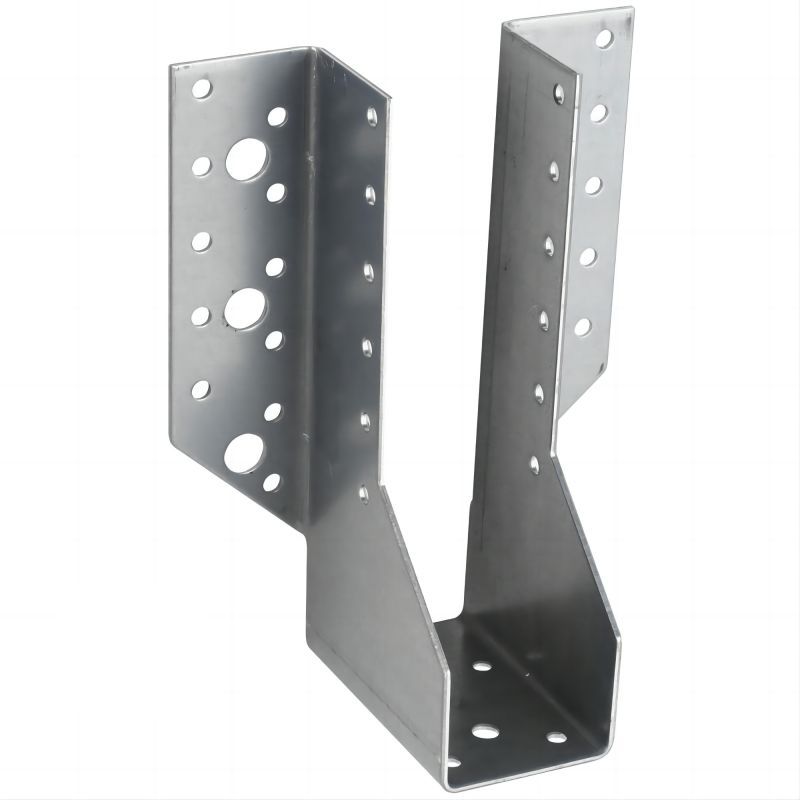Sheet metal forming parts is a crucial process in the manufacturing industry, where thin metal sheets are transformed into various shapes and sizes to create functional components for various applications. This article will explore the process of sheet metal forming parts, highlighting the key steps and techniques involved.
The initial step in sheet metal forming parts is the selection of the appropriate metal sheet. The choice of material depends on the specific requirements of the part, such as strength, ductility, corrosion resistance, and cost. Common materials used in sheet metal forming include steel, aluminum, stainless steel, and copper.
Once the metal sheet is selected, it is cut into individual blanks using various cutting techniques, such as shearing, stamping, or laser cutting. These blanks serve as the starting material for the forming process.
The next step is to place the blank in the forming machine, which typically consists of an upper die (also known as the punch) and a lower tool or die. The blank is positioned between these two tools, and the machine applies high forces to push the metal sheet around the lower tool and bend it into the desired shape.
During the forming process, the upper die presses against the metal sheet, causing it to deform and take on the shape of the lower tool. The force applied by the machine must be carefully controlled to ensure that the metal sheet is bent evenly and without cracking or tearing.
The specific forming techniques used depend on the desired shape and complexity of the part. Simple bends and folds can be achieved using basic forming machines, while more complex shapes may require the use of specialized dies or multi-stage forming processes.
After the initial forming operation, the part may require further processing, such as trimming, punching, or notching, to achieve the final desired shape and dimensions. These additional steps are typically performed using secondary operations on the same machine or on separate machines.
Once the part is complete, it undergoes quality control checks to ensure that it meets the specified requirements. This may include visual inspection, dimensional measurements, and material testing. Only parts that meet the required standards are released for further use or shipment.
In summary, sheet metal forming parts is a precise and controlled process that transforms metal sheets into functional components through the application of high forces and specialized tools. The choice of material, cutting techniques, forming techniques, and additional processing steps all contribute to the final shape, quality, and performance of the part.
